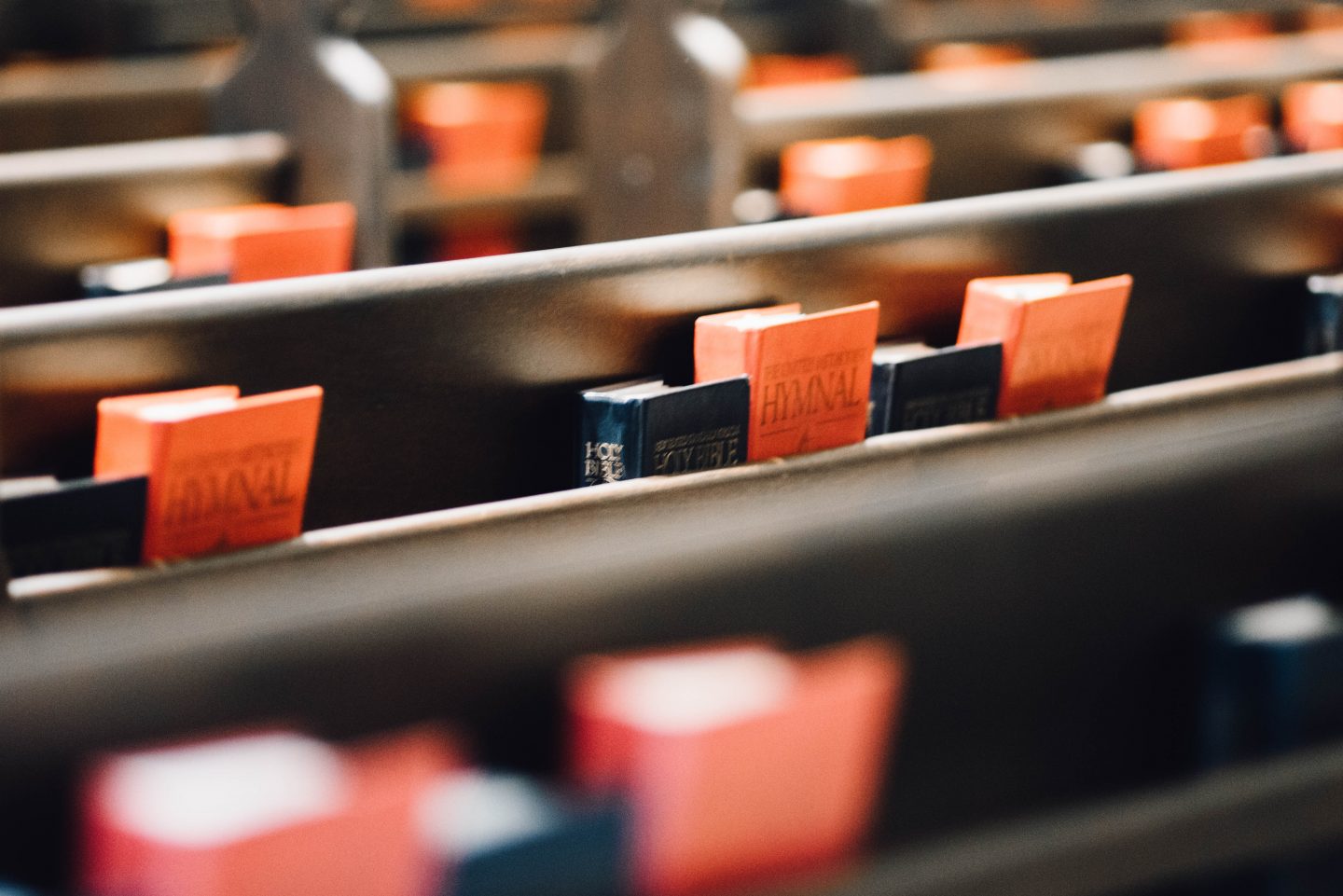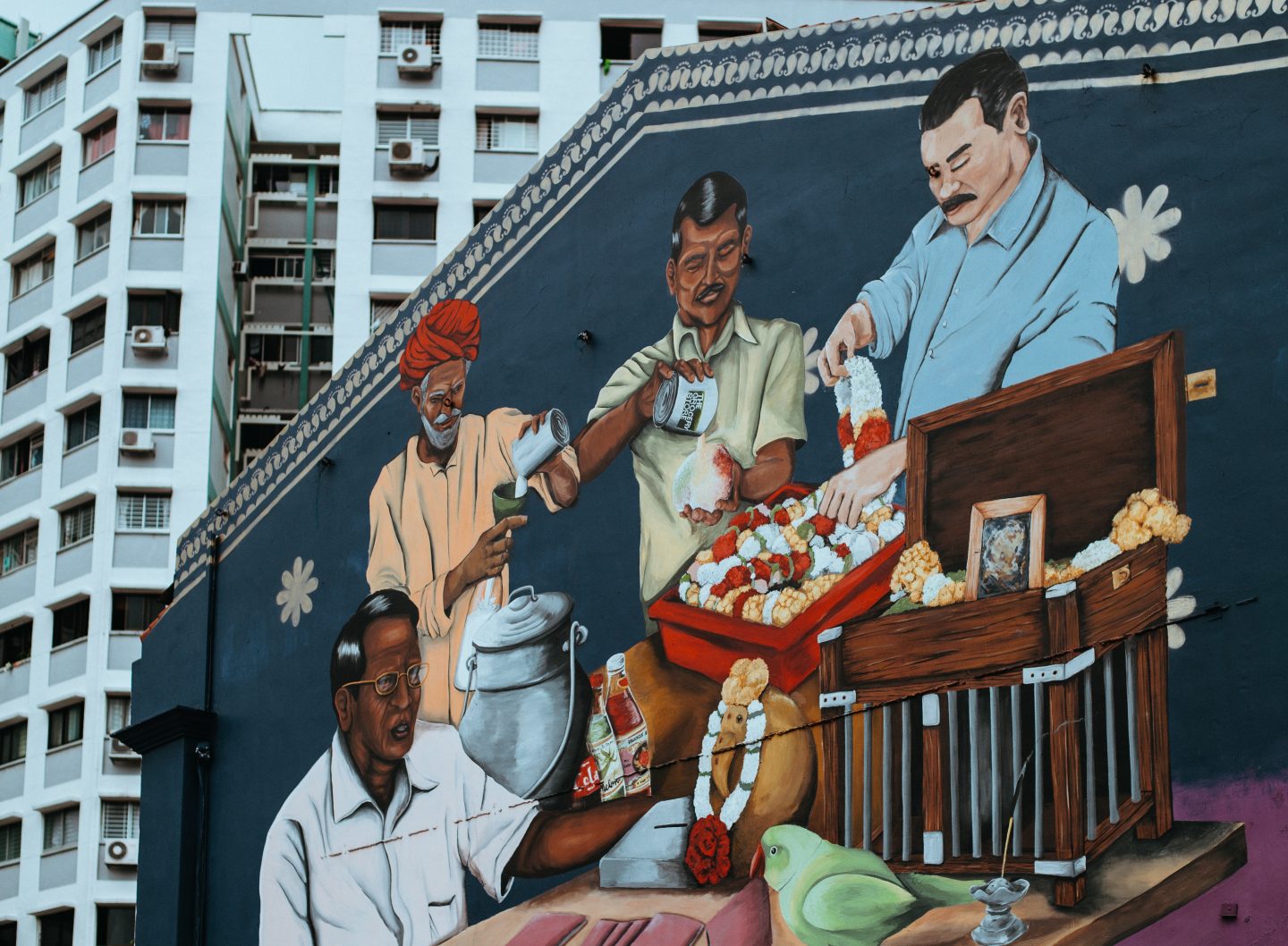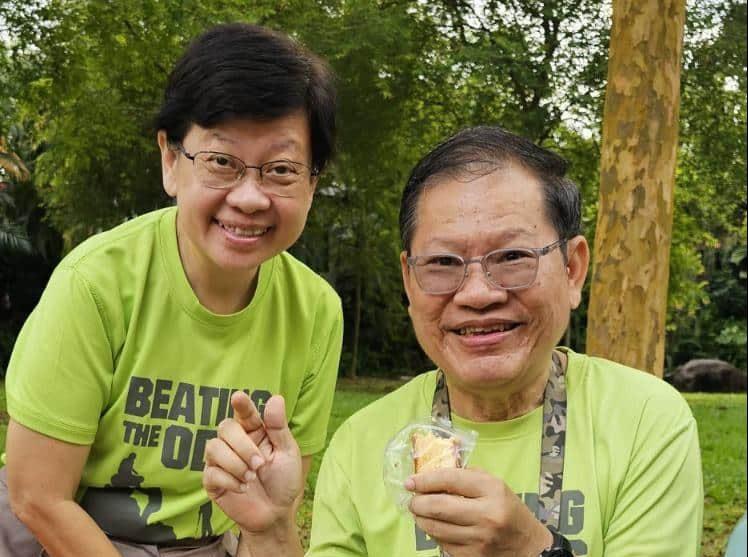Would you find Jesus in your Church?
Urban Shalom is a Salt&Light series focusing on what it means to be a missional church community in a local urban neighbourhood. Here, Jonathan Cho and Eunice Lin share their thoughts on community.
Jonathan Cho & Eunice Lin // February 7, 2019, 1:40 pm

Photo by chuttersnap on Unsplash
One of the most sobering questions I’ve heard posed to the congregation and leaders of my local church, collectively, is whether the neighbourhood would miss the Church or notice its absence if it were to leave.
The question is often diffused with the (half-joking) reply: “Probably not, since parking would be much better without the church around!”
Time and again, I have reflected on the question of whether our local churches are truly playing the role we are meant to play in the communities we are planted in, and whether we are truly reflecting what our Lord Jesus, the Head of the Church, wants us to in each of these communities.
Visibility issues
Jesus says with absolute clarity: “You are the light of the world. A city set on a hill cannot be hidden.” (Matthew 5:14)
We literally cannot be hidden; we are very visible indeed, wherever it is we are planted. The questions, therefore, are:
- how are we visible
- why we are visible and
- when exactly are we visible?
Are we simply taking up (parking) space?
In my own experience and observation, there is a tendency for our churches to turn their attention to the local communities only in particular seasons and for key events, like Easter or Christmas. It is often on these “special occasions” that the doors of most churches are flung wide open and we see people streaming in – people whom we may not see stepping into our churches on a regular basis.
Are the communities around us getting an accurate picture of what the Church is meant to look like?
In one such event that my church organised two years ago during the Christmas season, I caught a beautiful glimpse of a group of children – of church and non-church members, of different backgrounds and social-strata – playing together. Amidst the busyness of the day, I could not help but stop to ponder if this was what church should look like.
Are the communities around us getting a clear and accurate picture of what the Church is meant to look like; who the Church is, in relation to Jesus; and, therefore, who Jesus really is – simply by having us as part of their community, both geographically and relationally?
Faith and friends
I am reminded of the passage in Luke 5 where a paralysed man was carried by his friends through the roof to get to Jesus.
What was it that they saw which attracted them to Him? Was it just physical healing they desired? Perhaps.
But perhaps they caught a glimpse of hope, of salvation, of redemption – and were hungry for it. They saw it in the eyes of a Man who was willing to take the time to be with them, hold their hands, touch them, listen and meet their needs. They saw it in the eyes of the Son of God Himself, who was willing to be present and in relationship with them.
What would it take for our churches to become the kind of people/community where the presence and reality of Jesus are so strong that people yearn to come in, to meet with Him and His people?
Why has God kept us in our specific communities, and what is His vision for them?
What would it take for our churches to become the kind of places that people want to walk into, that people want to be part of, where people can get a glimpse or a taste of the eternity that God has “set in the hearts of man”? (Ecclesiastes 3:11)
In Singapore, our churches are planted in all kinds of locations: cinemas, shopping malls, industrial hubs, heartlands, upper-/mid-income estates, the heart of the city. These are more than just convenient locations for us to “do church”.
We need to ask ourselves why God has kept us there, and what His vision for our community is. Are we simply taking up space? Would they miss us if we were gone?
More importantly, would we find Jesus in our churches today? And if so, where would we find Him and what exactly would He be doing? – Jonathan Cho

Photo by Annie Spratt on Unsplash
While our church is situated in the heartlands, we have not transformed it: That would be an honest assessment.
In the 20 years that we’ve been in this neighbourhood, we have tried various methods (knocking on doors, bringing gifts and invitations to special events, community carnivals, etc) to reach out to the community and invite them in.
Sadly, these efforts have been more effective in drawing Christians from other churches, rather than unchurched pre-believers into His kingdom.
Recently, though, we began to explore something new.
Food and fellowship
In July 2017, we held our first Community Dinner in our fellowship hall. We invited families known to our Woodlands Social Centre to come share a meal with us. No one was sure if they would come and stick around.
God can use something as simple as sharing a meal to draw the lost to Himself.
Today, we have about a hundred people from our neighbourhood and church gathered around tables talking, laughing and sharing a meal together every other week.
Many have shared that while they had walked past our church countless times, they never stepped in, prior to these dinners. Some said they never knew they could, others felt it was not their place, and others simply did not want to have anything to do with Christians.
But I’m learning that God can use something as simple as sharing a meal to draw the lost to Himself. Nothing fancy or novel. It’s an ancient practice that Jesus used with His disciples; it’s also a practice that the Church Fathers developed to reach and disciple believers across the ancient world.
Workforce development
As we began to very regularly talk about our Community Dinners and encourage people to be involved, it helped that our pastors would share their own experiences of success and failure, hits and misses in the things they said and did.
But I’ve come to see that it’s the one-to-one conversations that have been most effective in encouraging people to step forward and offer their five loaves and two fishes (John 6:9).
A Malaysian couple who had quietly attended our church for three years decided to step out and enter community by coming for Community Dinners.
At their very first dinner, they met a Malay lady who shared their love for cooking. This young couple were made to feel so welcome by this mak cik that when she urged them to bring some food that they talked about, they gladly did so.
It’s the one-to-one conversations that have been most effective in encouraging people to step forward.
This couple has come for every dinner since and are constantly on the lookout for anyone who might be left out or not have someone engaging them. They would then go over and envelope them with their gentle presence.
It was not long ago that they had no community. Now they are providing community for those who were once like them.
There has been no shortcut in changing mindsets and helping people overcome their fears or apathy. But neither has there been any shortage of beautiful examples showing how God works through His people as they step out in faith.
As our church members have encountered people from the community, heard their needs and gotten to know them personally, they have found themselves compelled by the love of Christ to respond as He lays on their heart to. They have begun caring as friends. They have begun to love their neighbours and to share what they have, not donating what they have in excess.
These have led to precious opportunities to talk about what inspires them to love and give of themselves sacrificially.
Lessons in loving
Being Singaporeans, many of us are task-focused, unintentionally transactional in our interactions, and very inclined towards problem-fixing.
Yet, loving our neighbours has required time, patience, faithful presence and a sensitivity to the Holy Spirit’s leading to know when and how to give a reason (1 Peter 3:15) for our faith and actions.
Perhaps we become better disciples when we encounter the challenges people face in living in our urban (and very challenging) space. Of course, this is not meant to be a generalisation; I say it with caution and in love, knowing for a fact that many of our local churches actively engage their communities successfully and faithfully.
We’re unlearning many things to learn how to reach the lost around us.
When we first started our dinners, we had to – controversial as it sounds – actively discourage our dinner hosts from sharing their faith straightaway or trying to solve the problems of those they met. We had to journey with them through the messiness of walking with people in need and pain.
Only now are we beginning to equip our regular hosts to learn how to tell Bible stories in their heart language and weave them into dinner conversations. So the going is very slow.
We’re unlearning many things to learn how to reach the lost around us. We’re learning to be comfortable with ambiguity and mess. We’re learning that loving our neighbour is hard work, especially when they are not like us. We’re learning that discipleship happens in community amongst the lost and hurting, but that it is also where the abundant life is. – Eunice Lin
We are an independent, non-profit organisation that relies on the generosity of our readers, such as yourself, to continue serving the kingdom. Every dollar donated goes directly back into our editorial coverage.
Would you consider partnering with us in our kingdom work by supporting us financially, either as a one-off donation, or a recurring pledge?
Support Salt&Light



